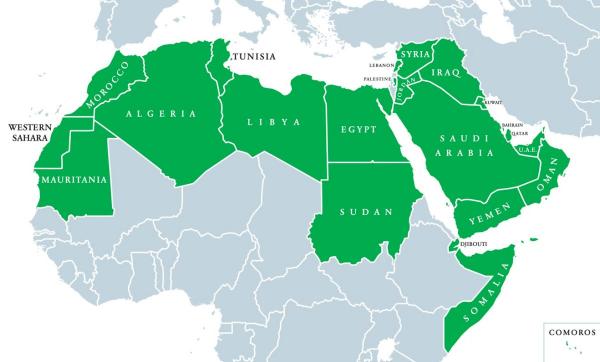Why National Arab American Heritage Month?
Arabs are heavily stereotyped and are typically featured on the news when Islam, hate crimes, and/or terrorism are the topics at hand. National Arab American Heritage Month marks a time to reflect on the contributions Arab Americans have made and continue to make to the United States and the diverse group of people who make up the world's North African and Middle Eastern population (Nittle N.).
Scroll to the bottom of the page for downloadable resource lists and resource trackers.
As part of our Read Wider program we have downloadable resource lists and resource trackers.
Downloadable resource lists are full of books, movies, music, and online resources. Each list is carefully curated by our collection librarians to highlight own voice stories, stories of struggle, and stories of strength.
Resource trackers for kids and teens or adults are a great way to record and highlight your favorite books, movies, music, and online resources for this month. Teens can choose to use the kids and teens or the adult resource tracker. Download a resource tracker at the bottom of the page, complete it, and join us for a discussion at the end of the month on new lessons learned and what actions could be taken in the future. By participating you will have the opportunity to support local businesses through gift card giveaways.
Q&A about Arabs and Arab Americans
Who is an Arab?
Arab identifies people who speak the Arabic language as their mother tongue (or, in the case of immigrants, for example, whose parents or grandparents spoke Arabic as their native language). Arabic is a Semitic language which is closely related to Hebrew and Aramaic. Arabs are united by culture and by history. Arab does not refer to a race. While Arabs speak the same language (Arabic), there is enormous ethnic diversity among the spoken dialects. Not everyone who speaks Arabic identifies as Arab.
Arab typically applies to 22 countries in Western Asia and Northern Africa: Algeria, Bahrain, the Comoros Islands, Djibouti, Egypt, Iraq, Jordan, Kuwait, Lebanon, Libya, Morocco, Mauritania, Oman, Palestine, Qatar, Saudi Arabia, Somalia, Sudan, Syria, Tunisia, the United Arab Emirates, and Yemen.
Arabic is considered the official language or one of the official languages of these territories and countries. Other languages spoken in some of these countries is French, Hebrew, Kurdish, Shikomor, Somali, and Tigrignan. There are also minorities of Arabs in many other countries, such as Iran, Turkey, France, and the United States. (Information from TeachMideast and American-Arab Anti-Discrimination Committee).
What religions do Arabs practice?
Many Arabs are Muslims and practice Islam, but most Muslims are not Arabs. Of the ten countries who have a highest population of Islamic followers, only Egypt with 53.7 million Muslims, is an Arab country. Approximately 25 percent of Arabs practice Islam. An estimated 63 to 77 percent are Christian and there are thousands of Jewish Arabs, just as there are Muslim, Christian, and Jewish Americans (Information from American-Arab Anti-Discrimination Committee and Insight Into Diversity).
Map of Arab Countries

Start reading with these recommendations.
Pitkin County Library staff has recommendations for kids, teens, and adults to help get you started on your reading journey! For more resources, check out our downloadable resource lists below.
| Attachment | Size |
|---|---|
| Adult and Teen Resource Tracker | 171.88 KB |
| Kids Resource Tracker | 83.54 KB |
| 2022 Adult Fiction Book List | 79.1 KB |
| 2022 Adult Non-fiction Book List | 70.88 KB |
| 2022 Teen Book List | 57.06 KB |
| 2022 Kids Book List | 63.82 KB |
